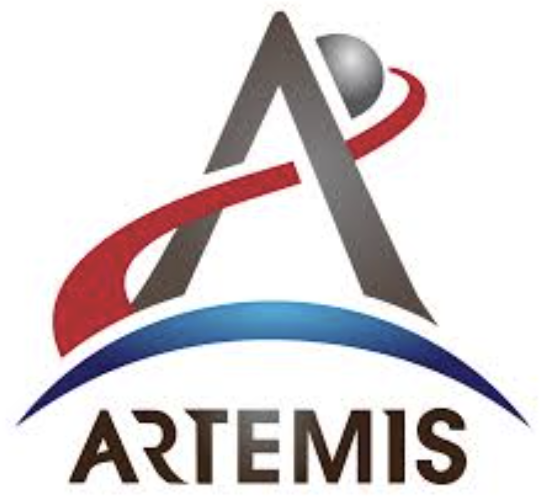NASA’s development of the Lunar Terrain Vehicle (LTV) has the potential to revolutionize space exploration and contribute to significant advancements in scientific research on the moon. Through this visionary project, NASA is charting a path for the Artemis generation of lunar explorers, providing them with unparalleled mobility across the moon’s challenging surface. The LTV is not merely a mode of transport; it lays the groundwork for the next leaps in our cosmic journey.

Slated for deployment in the Artemis 5 mission, the vehicle represents. The Artemis 5 mission, set for 2030, continues the trajectory of preceding missions, allowing astronauts to safely traverse the lunar landscape.
The power of the LTV is evident in tests conducted at NASA and SpaceX. With groundbreaking power management capabilities and autonomous driving features, it promises to navigate the lunar terrain with minimal human oversight, reducing risks and enhancing exploration. Moreover, its sophisticated communications and navigation systems are crucial in space, ensuring the safety of the crew and the seamless relaying of scientific data back to Earth. The vehicle’s robust construction is designed to handle rocky terrain while keeping passengers safe. Due to its large size, it will arrive ahead of the mission and be placed on the moon, ensuring functionality even if there are malfunctions. “If they can get there earlier, we’ll take it earlier,” said Ms. Kearney to The New York Times.
According to NASA, the vehicle will also be able to move on its own with its self driving feature. The other issue would be the temperature control of the vehicle as the South and North poles are cold while the sun’s radiation burns onto the other side of the moon. The vehicle, because of the harsh conditions, will be made to be able to function in any weather conditions on the moon.
Crafting the Lunar Terrain Vehicle for the Artemis 5 mission is a marvel of engineering. With a significant financial commitment and costs potentially soaring to $4.6 billion, the project is expected to bring back to Earth a lot more new information. For those anticipating the sight of the LTV traversing the moon’s expanse, March 2030 marks a pivotal moment, defining humanity’s lunar aspirations.














































































































































